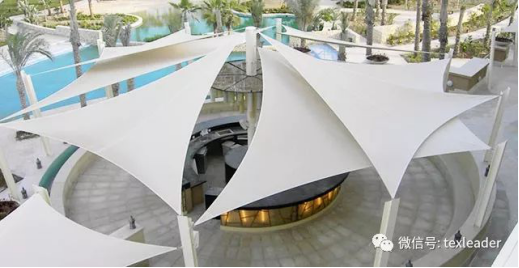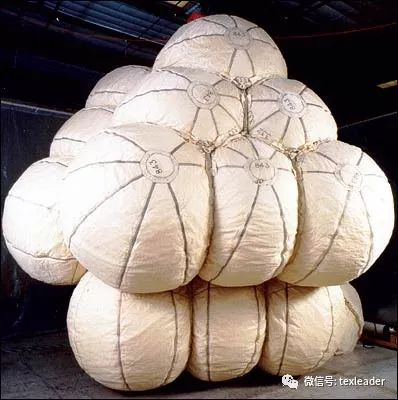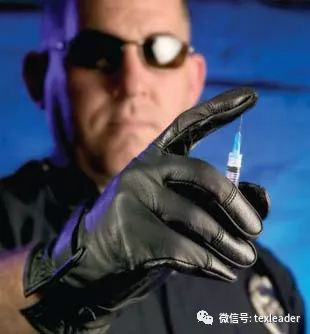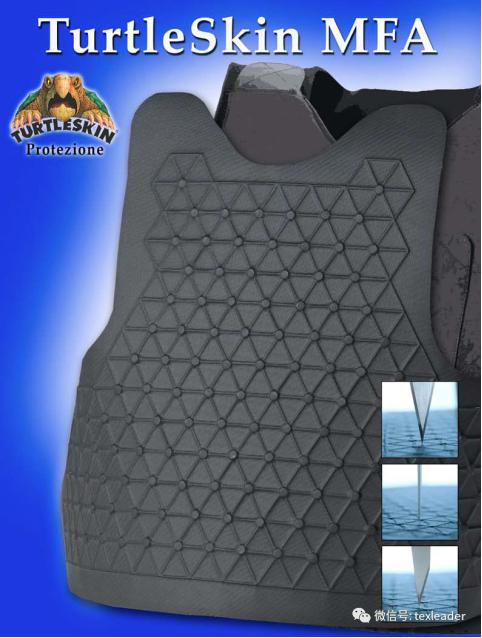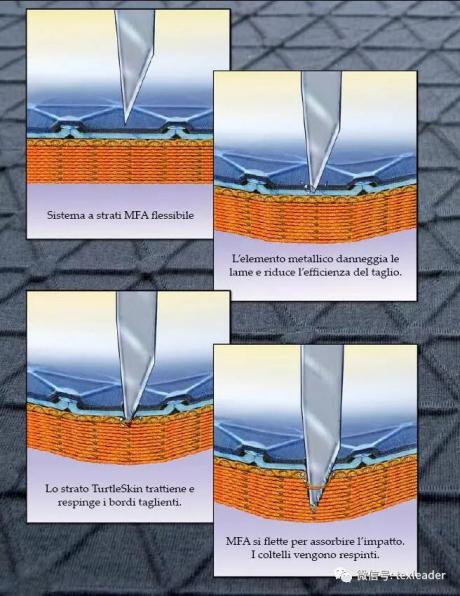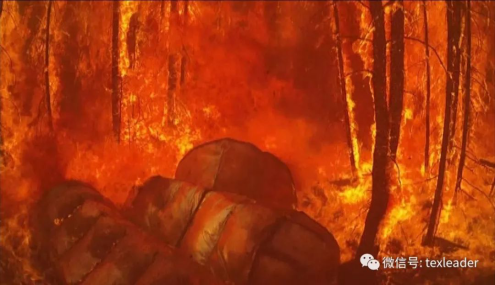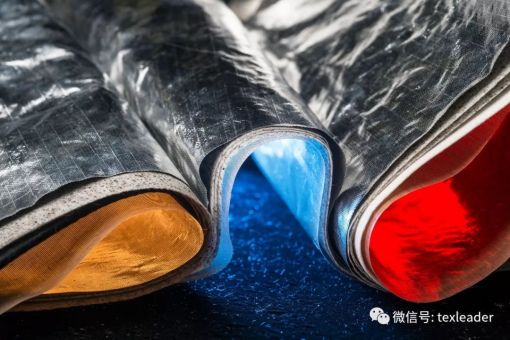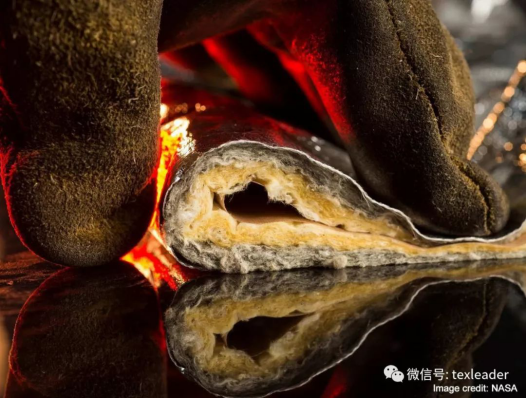Flexible composites play an important role in the field of safety protection
The flexible composite material is made of woven, knitted, non-woven, woven, etc. into a substrate as a reinforcing material, and then processed by coating, calendering, compounding, etc., and has high flexibility, light weight and durability. Composite materials with excellent mechanical and physicochemical properties such as light transmission and corrosion resistance can be widely used in the fields of building ceilings, transportation, aerated materials, agricultural materials and the like. The use of high-performance fibers, such as glass fiber, high-strength high-modulus polyethylene fiber, aramid, etc., and its fabric as a high-performance flexible composite material for reinforcing substrates, has important application value in aerospace, security protection and other fields. Bulletproof and stab-resistant field In order to ensure the safety of the spacecraft landing, the use of inflatable flexible textile material airbag cushioning is an effective way. When the NASA Pathfinder probe came to Mars in 1997, a buffer consisting of 24 airbags was used. Developed in collaboration with NASA Jet Propulsion Laboratory (JPL), ILC Dover and Warwick Mills, these airbags are compounded with four layers of aromatic polyester liquid crystal fiber Vectran® fabric that absorbs energy when the outer fabric is impact-ruptured. Protect the inner fabric. Warwick Mills has also created a process to increase the strength of a Vectran® fabric by coating, allowing the final flexible composite to remain high strength at low temperatures in Mars. As it turned out, these airbags withstood the extreme temperatures of Mars and unknown terrain, and bounced 15 times after the Pathfinder's initial impact on Mars at 40 mph, ultimately protecting the rover and its precision instruments from impact damage. Based on the experience of developing flexible composite materials for NASA and its unique tight weaving technology, Warwick Mills has expanded its business to a variety of flexible, lightweight protective fabrics, apparel and equipment. For example, the TurtleSkin series of bullet-proof stab-resistant garments, due to the use of three high-strength fibers such as Vectran®, Dyneema® and Twaron®, and the fabric has a highly compact structure, the sharps that penetrate the fabric must destroy the tough fibers rather than The yarn slips and penetrates easily, thus protecting the wearer from stab wounds, blunt impacts and gunshots. TurtleSkin Series Protective Gloves In addition, Warwick Mills has developed Metal Flex Armor (MFA) flexible armor and SoftPlateTM body armor, which combines tight weaving and coating finishing technology developed in collaboration with NASA. Among them, the MFA is made of Twaron® fabric laminated with a rigid structure that prevents shatter-resistant ice cones, hypodermic needles and tool piercing, providing the same performance as rigid stab-resistant armor, but with greater flexibility and comfort. SoftPlateTM is similar in structure to MFA, but its main purpose is bulletproof. MFA flexible armor and its puncture prevention mechanism SoftPlateTM body armor Forest fire prevention Based on aerospace flexible composite technology, NASA LRC is also working with the US Department of Agriculture's Forest Service (USDAFS) to develop an emergency fire shed CHEFFS that can be lightly portable and provides a protective barrier for firefighters in fires. Convective Heating Improvement for Emergency Fire Shelters). At present, the 2003 type fire protection cover for fire protection in the United States is made of outer layer aluminum foil/silicone cloth laminate and inner layer aluminum foil/glass fiber cloth laminate. It weighs only 4.3 pounds and the outer aluminum coating can reflect forest fire. 90% of the radiant heat, internal insulation protects the user from heat radiation or direct contact with the flame. However, this material can only protect firefighters in a short period of time. For example, in the Granite Mountain Hotshots fire that occurred on June 30, 2013, 20 firefighters used this fire shed to take refuge but 19 people sacrificed. This is 911. The biggest accident of American firefighters after the terrorist attacks. Since the external temperature of forest fires can reach 1472-2400 °F, the interior of the CHIFFS fire shed must be kept below 300 °F to ensure the safety of users. Therefore, the US Department of Agriculture Forest Service and NASA are looking to suppress hot combustion gases. Enter and more efficient heat protection materials. Among the two prototypes being developed, the lightweight design weighs about 4.3 pounds and the heavier design is 6.9 pounds (provides more protection but requires vehicle transport), making sleeping bags, tents, blankets, vertical barriers, curtains, flexible rolling doors Or coated materials, is expected to be included in the forest fire protection equipment library in recent years. Accessories For Home,Flannel Fleece,Velvet Fleece Fabric,Velvet Fleece,Travel Pillows Yangzhou Youju E-commerce Co.,Ltd , https://www.yzxygarments.com
